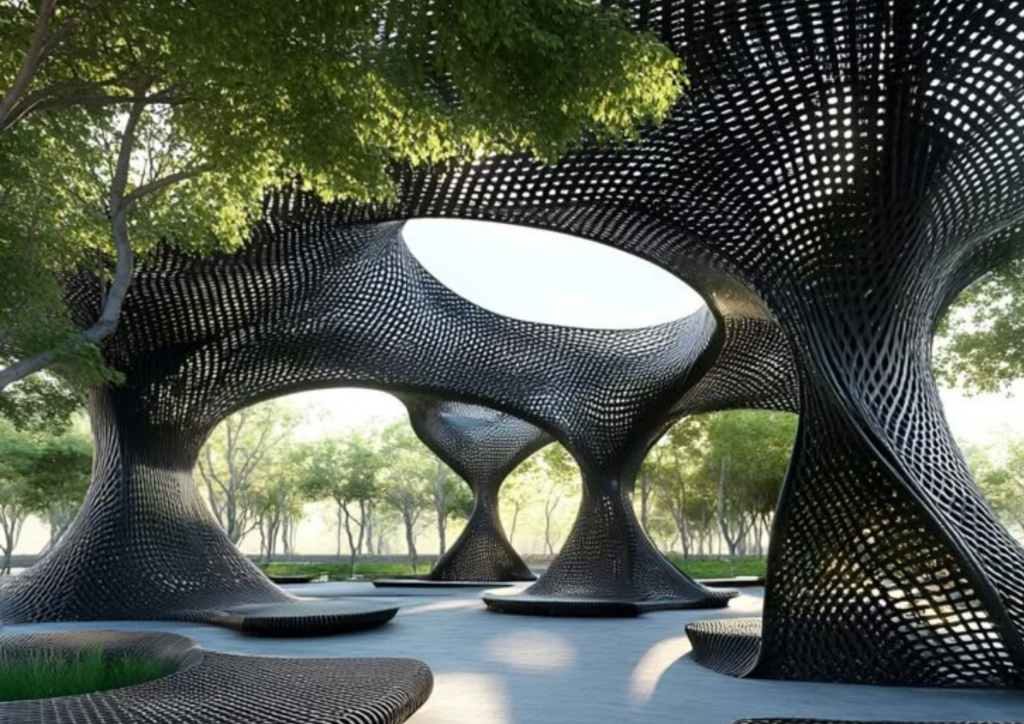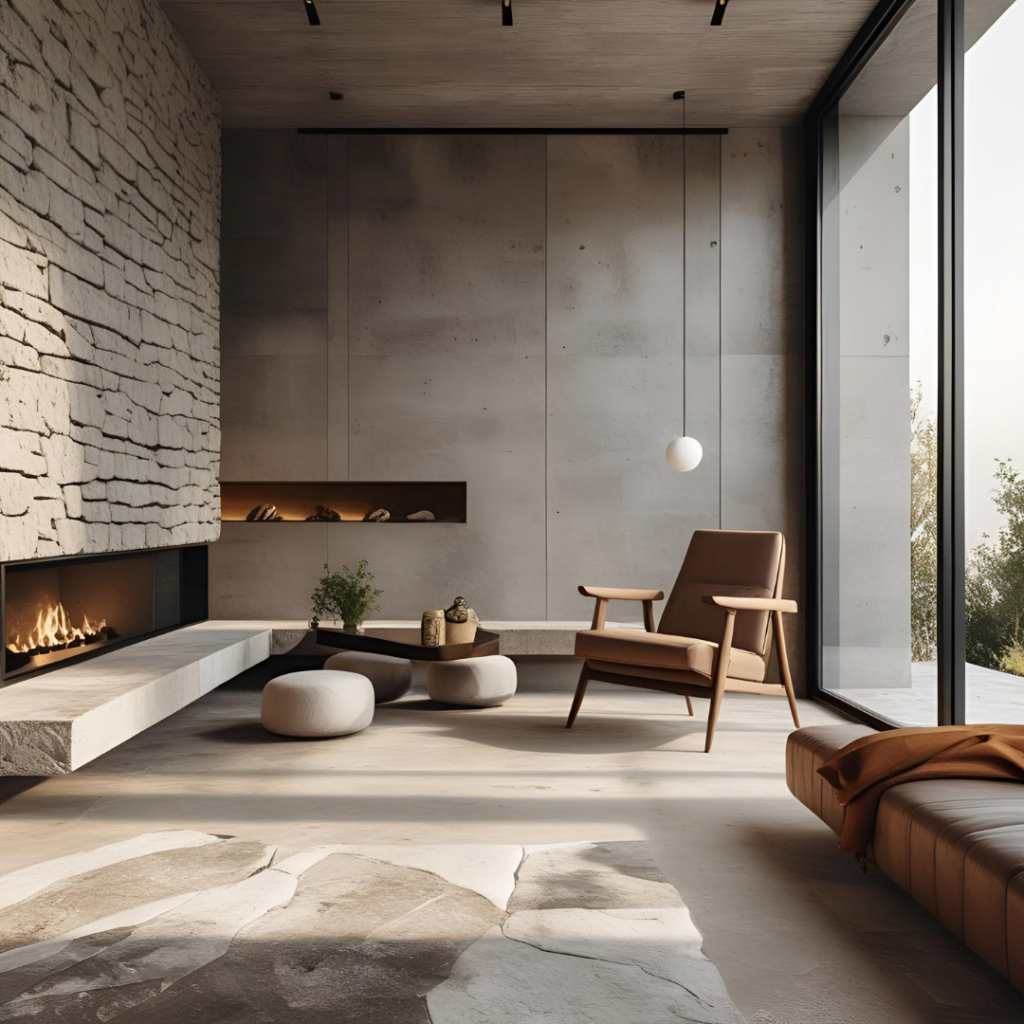Designing Void in Architecture: What Makes a Space a Place?
At Mısırlıoğlu Architecture, we believe architecture is not just about walls, roofs, or volumes. What truly defines architecture is the “void” — the space between these boundaries where people live, feel, and interact. In architecture, void is not an absence; on the contrary, it is one of the most powerful tools that define space, determine its function, and make it livable.
Void design is one of the fundamental elements of modern architecture and interior design. It goes beyond functional needs and stands at the heart of spatial experience.
Void: The Invisible Core of Architecture
Every architectural form defines a void. Walls, ceilings, and floors exist to enclose and organize this space. A well-designed void leaves a deep impression on users — not just visually, but physically and psychologically as well. At Mısırlıoğlu Architecture, we approach void through multiple parameters such as density, movement direction, light intake, and human scale to create spaces that are not only beautiful but also deeply felt.
Void and Light: Making the Invisible Visible
When combined with natural light, void design shapes the spirit of a space. How daylight filters in, the balance between shadow and brightness — these determine how the void interacts with the user. A high-ceilinged area may create a dramatic mood, while a narrow corridor can enhance spatial orientation. Mısırlıoğlu Architecture treats light not just as illumination, but as a design “material” that gives form to space.
Balance Between Function and Flow
Void in architecture is more than physical volume. It defines transitions between functions, the direction of movement, and the rhythm of the user’s connection with space. A well-planned interior guides, pauses, or propels the user. Especially in interior design, voids can be made flexible with modular furniture, partitions, and movable panels — allowing living spaces to adapt to changing needs.
The Silent Power of Void: Emotional Impact
Voids create emotional experiences as much as they serve functional purposes. A vast and lofty gallery can evoke awe and inspiration, while a low-ceilinged room with warm materials can generate a sense of calm and belonging. Mısırlıoğlu Architecture evaluates each void in its context, aiming to provide sensory experiences that respect user psychology — turning every space into a mental as well as physical realm.
The Dialogue Between Void and Form
In the design process, void and form should be considered as complementary. The exterior form of a structure is directly linked to how the interior voids are organized. Will the design use organic curves or sharp angles? These decisions evolve with the user experience. Thanks to parametric design and digital modeling, voids can now be shaped in more fluid and adaptable ways, allowing the creation of dynamic and flexible interiors beyond traditional boundaries.
Voids in Connection with Nature
Spaces shouldn’t be inward-looking only; they should also engage with the external world. Interior gardens, courtyards, light wells, or large glass openings allow nature to enter the void. These semi-open spaces help the environment breathe both visually and physically. Mısırlıoğlu Architecture reinterprets these natural void relationships through a contemporary lens, bringing balance and serenity to the space.
Silence, Void, and Aesthetic Balance
Sometimes in architecture, “less is more.” Excess furniture, intricate details, or visual clutter can diminish the impact of void. Spaces designed with minimalist principles — simple yet powerful — best reveal the potential of emptiness. Here, void is not just physical; it becomes mental — a place to pause, to breathe. The tranquility established in the interior leads to a mental calm for the user as well.
Conclusion
Void is the unseen but deeply felt foundation of a structure. What makes a space meaningful is not just its boundaries, but the relationships, proportions, light, sound, and movement shaped within them. Mısırlıoğlu Architecture seeks to make the invisible visible — creating voids that connect with people and provide not only functional but also spiritual experiences. Architecture is the art of designing void. And when designed correctly, every void creates space for life itself.






Henüz yorum yapılmamış, sesinizi aşağıya ekleyin!